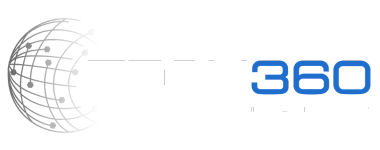The tech360 Group ecosystem
No other platform has the combination of powerful tools, professional partners, learning resources, support, along with a thriving community and marketplace.
We call it Connect for a reason.
Tech360 Group Has Integrated with RMIQ! Click Here to Learn More
Learn MoreThe Connect Suite
An online platform for thousands of uses.
It brings together all the necessary apps to make business management a breeze.


Digital Marketing Solutions

Connection Solutions
Who Can We Connect You With Today?
Whether you want to expand your network or establish new meaningful connections with affiliates. The Tech360 Group Ecosystem will provide you with an all-inclusive toolset that lets you build and nourish important relationships in all of your business areas.
Establish your presence where it matters and start Connecting today!
The Connect Suite Features
Being the complete Global Solution for ground transportation management, The Connect Suite will help you be where you need to be.

Confidence

Transparency

Compliance
Image

Integrity

Automation
Global Distribution System Management
Tech360 Group provides an inclusive channel management system to numerous industry clients, from ground transportation to helicopter services, to ferry companies, to name a few. The Connect Channel Manager allows you to reach new markets and connect your fleet through dozens of booking channels, including Amadeus, Booking.com, Karhoo, and many more.
What Our Customers Say

Brandan Stein
President & CEO

"Working with Tech360 has been an incredible experience. They have worked tirelessly on designing and rebranding my company’s website and have delivered an excellent product on time and within..."

Christina Zanone
Asst. General Manager
Director of Affiliate Relations

"I absolutely love the fact that it is user friendly and easy to update changes to pricing, extra costs and the like. I love the fact that you can easily add or adjust different line items in the..."

Marianne White
Owner

"We have been using various services from Tech360 for years now! Their team has done wonderful jobs on building our websites, managing social media, SEO, and more. Recently, we have decided to..."

Jason Messinger
CEO

"It has been an absolute pleasure working with Tech360 Group and its collaborative team. We really appreciate their efforts to continuously grow and customize their technology to meet our needs. ..."
Sustainability
Sustainability has become the new corporate standard, Tech360 Group has the technology, experience and professional staff to help you meet and exceed that standard. Sustainable practices provide members of the mobility sector with a significant opportunity to reduce consumption and waste, improve efficiency, reduce operating costs, and build a positive reputation for their companies and the services with their customers and communities.
